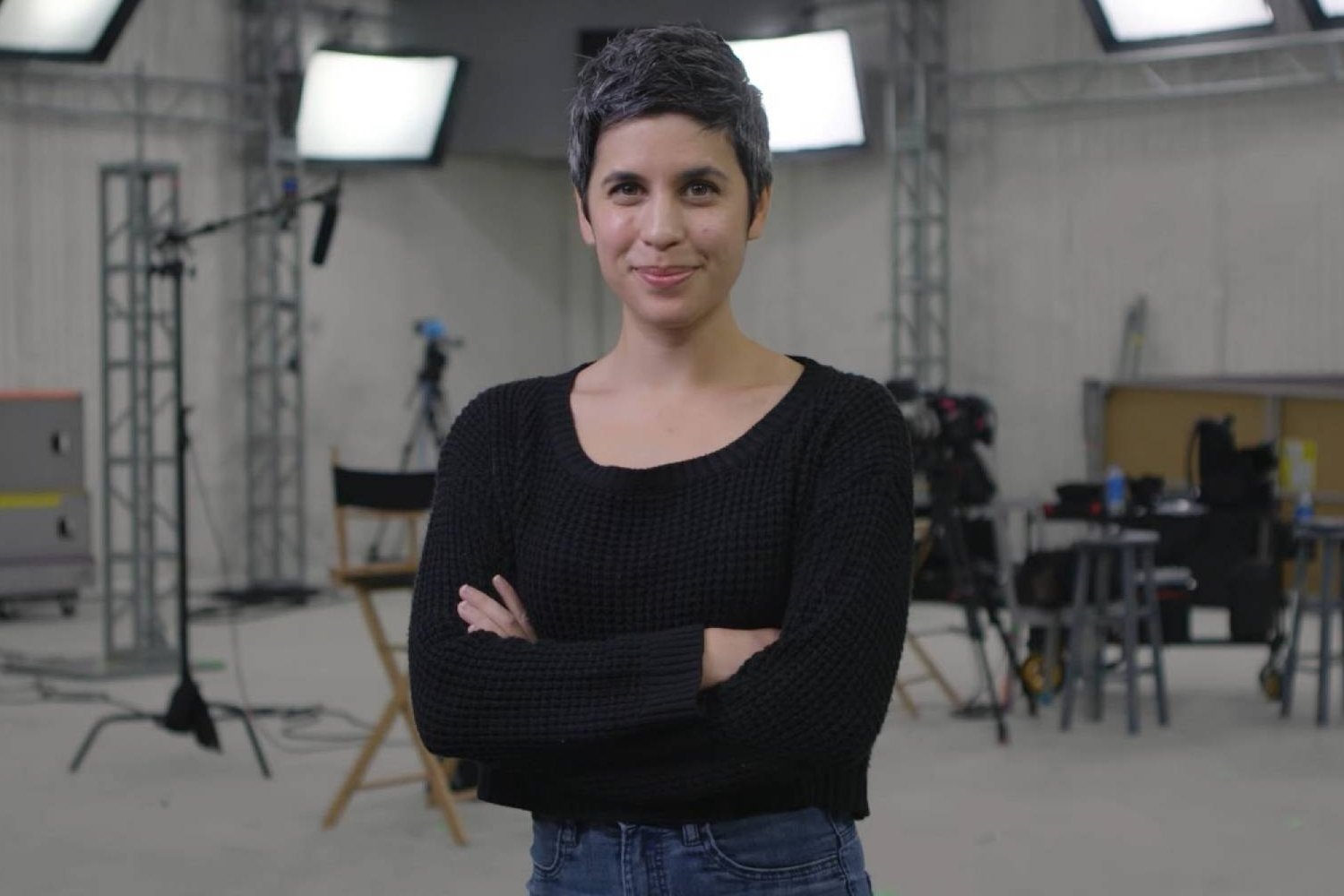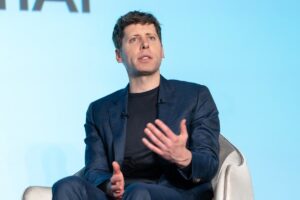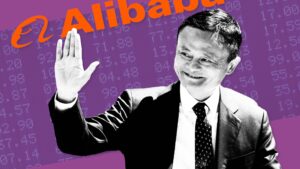Horizon Star Ashly Burch Discusses Sony’s AI Aloy Video

The Impact of AI on Voice Acting in Video Games
Background on the AI-generated Aloy
Recently, a video surfaced showcasing a generative AI version of Aloy, the main character from PlayStation’s acclaimed Horizon series. This video emerged from a leaked test demo by Sony and sparked intense reactions among players and industry professionals. One notable aspect that drew criticism was the mechanical voice of the AI version, reminiscent of text-to-speech technology, as it lacked the dynamism and emotion provided by Ashly Burch, the character’s longtime human voice actor.
Concerns from Voice Actors
Burch did not have her likeness or voice data used for the AI representation and had been informed by Guerrilla Games that the demo was not for an active project. However, she expressed her apprehension about the implications this technology poses for voice acting as a creative profession. Burch highlighted that there is an ongoing struggle among voice actors regarding their rights, particularly concerning consent for the use of AI replicas of their performances. She voiced concerns about having clarity on when and how their voices and performances may be replicated.
The Features of AI-Aloy
The leaked video showcased AI-Aloy responding to queries from Sharwan Raghiebardajal, the software engineering director at Sony Interactive. The AI character provided information about nearby in-game creatures and their weaknesses. While this data could be accessed through gameplay, as players can scan these creatures and consult the in-game glossary, the demo illustrated a broader push from major gaming companies to adopt generative AI across various aspects of game development, including design, art, and voice acting.
The Broader AI Debate in Gaming
This video leak coincided with a growing interest in generative AI among major video game publishers, who perceive the technology as a significant advantage in streamlining the development process. However, the debate over AI voice replication has intensified amid the ongoing SAG-AFTRA voice actor strike, which is approaching its one-year mark. The union has pointed out that companies, including WB Games and Take-Two, are resistant to addressing the implications of using AI to create voice replicas without appropriate agreements in place.
Burch’s Advocacy for Future Generations
Burch’s concerns extend beyond her experience to the welfare of fellow voice actors who may not have the same level of job security. She expressed sorrow at the thought of a future where budding actors could face significant challenges because of the prevalence of AI in the industry. This concern isn’t just about job security but also relates to the rich storytelling and artistic expression that voice actors contribute to video games. Burch is passionate about the craft and hopes to see a thriving new generation of actors in the industry who can deliver memorable performances.
Industry Silence on AI Developments
As of the latest updates, Sony has not officially responded to the leaked demo or outlined plans to integrate such technology into its products. This lack of communication may indicate the sensitive nature of the subject at hand and the apprehension surrounding the future of voice acting in video games. The ramifications of generative AI on artistic expression and employment in the industry continue to unfold, prompting ongoing discussions among stakeholders.
In summary, the emergence of AI-generated characters like Aloy has raised crucial questions regarding ethical practices, actor rights, and the future of voice acting in video games. It highlights the need for clear regulations and standards to protect the interests of voice actors in an evolving technological landscape.





